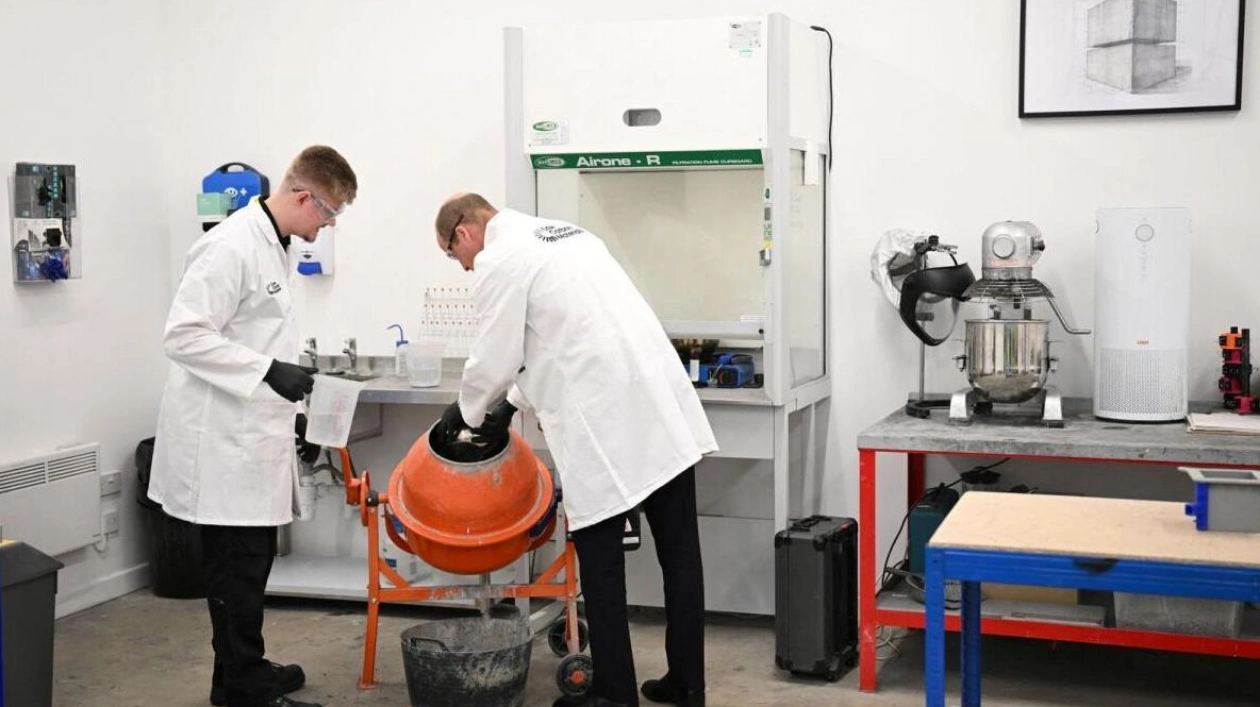Researchers announced a significant step towards addressing the challenge of reducing the carbon footprint associated with cement production, a major contributor to climate change. A team of engineers at the University of Cambridge in the UK has demonstrated a pioneering method for recycling cement, offering a potential solution to the environmental impact of cement manufacturing.
Cement, a crucial component in concrete, has a substantial carbon footprint, with the industry producing emissions that far exceed those of global air travel. Despite the surging demand for concrete, efforts to make its production more environmentally friendly have faced significant hurdles.
The innovative approach developed by the Cambridge team, detailed in the journal Nature, involves adapting a process used in steel manufacturing to recycle cement without the accompanying CO2 pollution. According to Julian Allwood, a co-author of the research, this breakthrough could lead to widespread availability of low-cost, low-emission cement, marking a potential transformative change in the industry.
The traditional method of producing cement involves heating limestone in kilns at very high temperatures, often achieved through the combustion of fossil fuels, leading to substantial CO2 emissions. With the cement industry contributing to nearly eight percent of human-caused CO2 emissions, finding sustainable alternatives has become imperative.
The team's method entails repurposing old cement from demolished buildings, substituting a key ingredient in the steel recycling process. This approach results in recycled cement suitable for use in concrete, bypassing the emissions-intensive process of heating limestone in kilns. Allwood emphasized that this innovation requires minimal disruption and additional costs for businesses, with the potential to produce zero-emission concrete at scale when powered by renewable energy.
The implications of this discovery are far-reaching, offering hope for achieving carbon neutrality goals outlined in international agreements such as the Paris climate accord. Allwood underscored the significance of this breakthrough, highlighting its potential to revolutionize the cement industry and significantly mitigate its environmental impact.






